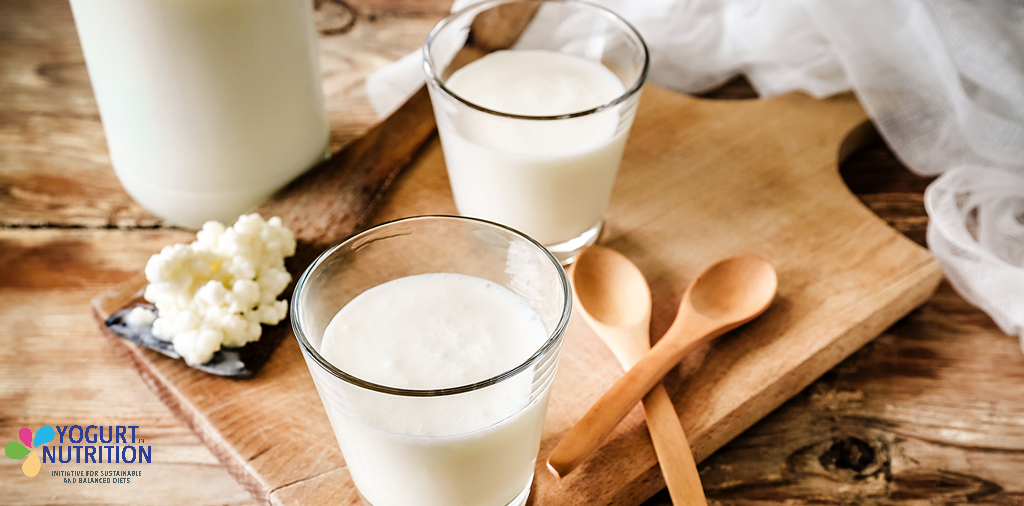Fermented foods such as yogurt not only carry major health benefits but they can also help us reach our sustainability goals, say the authors of this article.
They point out that fermented foods and beverages have been consumed throughout the world for thousands of years. Even before the science behind microbial fermentation was understood, people were aware that it preserved food and its nutrients and could also enhance flavour and texture.
Fermented foods are steeped in history
A huge variety of fermented foods has developed throughout history, including vegetables, cereals and breads, soybean products, dairy products, fish products, and meats. Fermented dairy products evolved throughout the Middle East, Europe and India where animal husbandry was widespread. In much of Asia, animal agriculture was more limited and fermented foods were more often based on rice and grains, soybeans, vegetables and fish.
Traditionally, fermentation of foods was spontaneous as the result of microbes occurring naturally in the food or contamination by microbes in the environment. Nowadays, particularly in industrialised countries, defined starter cultures of microbes are more often used, and this has led to greater consistency, safety and quality of fermented products.
Fermented foods and dietary culture
Every community has a unique food culture that is influenced by their ethnic, social, religious and cultural history. Although different types of fermented food are now more widely available, many remain associated with particular regions or countries where they are made. Examples include sake of Japan and Roquefort cheese from France.
Fermented dairy products help us absorb nutrients
Fermented dairy foods include cultured milks, cheese and yogurt. Lactic acid bacteria (LAB) that are naturally present in milk or added as starter LAB cultures convert milk sugar (lactose) to lactic acid, prevent the growth of harmful bacteria and help us absorb the nutrients better. Yogurt is now the most widely-consumed fermented dairy product around the world.
Fermented milks as source of probiotics
Other strains of bacteria can be added to the initial starter LAB culture of the yogurt to improve the flavour, texture, shelf-life or nutritional quality of the fermented milk. Added live strains with probiotic activity are associated with health benefits.
Probiotics may help to improve gut health and reduce the risk of infections. For example, in line with guidelines published by the FAO/WHO, a specific probiotic starter culture has been developed for use by small-scale yogurt producers in poorer countries where infectious diarrhoea causes high death rates in young children.
Fermented foods and sustainability
Fermented foods help to address the societal, environmental, cultural and economic aspects of sustainability, say the authors. In poorer regions, production of fermented foods such as yogurt provides access to safe and healthy food, creates demand for local produce, and provides employment and income opportunities.
Fermented foods are also good news for the environment. By making use of available local produce, minimal additional agricultural input is needed in resource-poor regions. Fermentation uses little energy compared with food processing methods such as canning and freeze-drying.
Production of yogurt, fish sauces and fermented cereals produces few waste or by-products, say the authors. Fermentation is also a good way of improving efficiency and reducing food wastage, for example by manufacturing fish sauces from highly perishable fish.
“Indeed, so important are the potential health benefits of fermented foods, in the East as well as the West, that several researchers have suggested they be included as part of dietary guidelines. “
Find out more: read the original article



